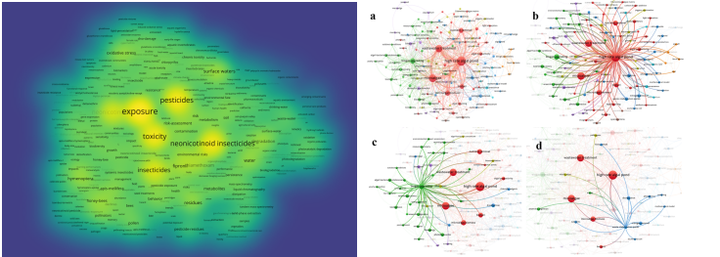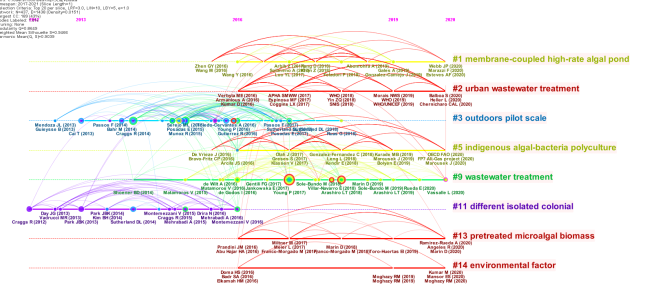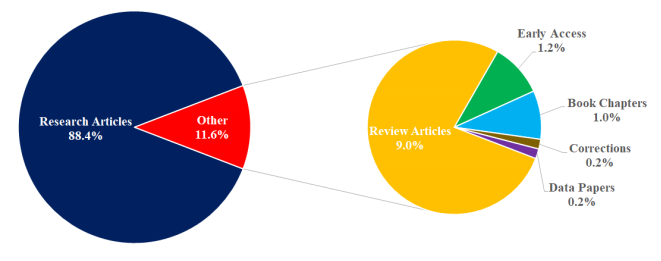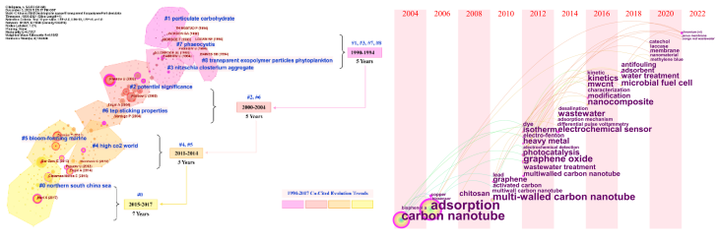Citespace and vosviewer are the most widely used literature information visualization software tools. They are widely used in science and engineering, economics and management, law, education, agriculture, literature and history, medicine, art and other disciplines, and the number of published papers has increased significantly year by year. Combining theory with practice, systematically and comprehensively master the basic theory and knowledge of bibliometrics through detailed explanations of eight topics including bibliometrics explanations, efficient topic selection, database retrieval data download, and software use; master Citespace and vosviewer analysis techniques proficiently ;In the end, master the logic and technical methods of a document information visualization analysis report (thesis) in the whole process from topic determination, data analysis and drawing, article framework and writing.
Link to the original text: Paper Visual Analysis Artifact——CiteSpace
[Based on Citespace and vosviewer bibliometrics related papers]

Topic 1 Bibliometric Methods and Applications
1 Basic introduction to bibliometric methods
2 Differences and connections with other review methods
3 Application trends in various disciplines
4 Comparison of advantages and disadvantages of mainstream analysis software
5 Review of classic high score 10+ SCI ideas
6 Software installation and Java environment configuration
Topic 2 Topic Determination, Data Retrieval and Collection
1 Skills for Efficient Selection of Hot Topics
2 Precise and advanced search method construction method
3 WOS database information collection skills
4 CNKI database information collection skills
5 How should data volume be more or less handled
6 How to publish strategies on similar topics
Topic 3 Vosviewer Visual Drawing Intensive Lecture
1 WOS and CNKI data import
2 The key to drawing and interpreting the co-citation network map
3 The key to drawing and interpreting superimposed network diagrams
4 Keys to drawing and interpreting density maps
5 Keyword Combination Rules and Precautions


Topic 4 Citespace Visual Drawing Intensive Lecture
1 WOS and CNKI data import and cleaning
2 The key to parameter selection and interpretation of subject distribution map
3 The key to parameter selection and interpretation of co-occurrence network diagram drawing
4 Keys to selection and interpretation of cluster diagram drawing parameters
5 The key to the selection and interpretation of emergence map drawing parameters
6 The key to the selection and interpretation of timeline diagram drawing parameters



Topic 5 Post-production picture optimization and auxiliary tools
1 Country distribution map drawing and precautions
2 Drawing the trend graph of the number of articles published and matters needing attention
3 Vosviewer diagram adjustment content and precautions
4 Citespace map adjustment content and precautions
5 Optimization and improvement aids and precautions for use
6 Precautions for selection and operation of group diagrams according to content




Topic 6 Thesis Writing Raiders
1 Orientation literature reference routine
2 Software collocation and combination skills
3 Analysis of typical structural models
4 chart matching combination strategy
5 A Complete Guide to Modular Writing
related suggestion:
Scientific research tool-python data mining and machine learning practice technology